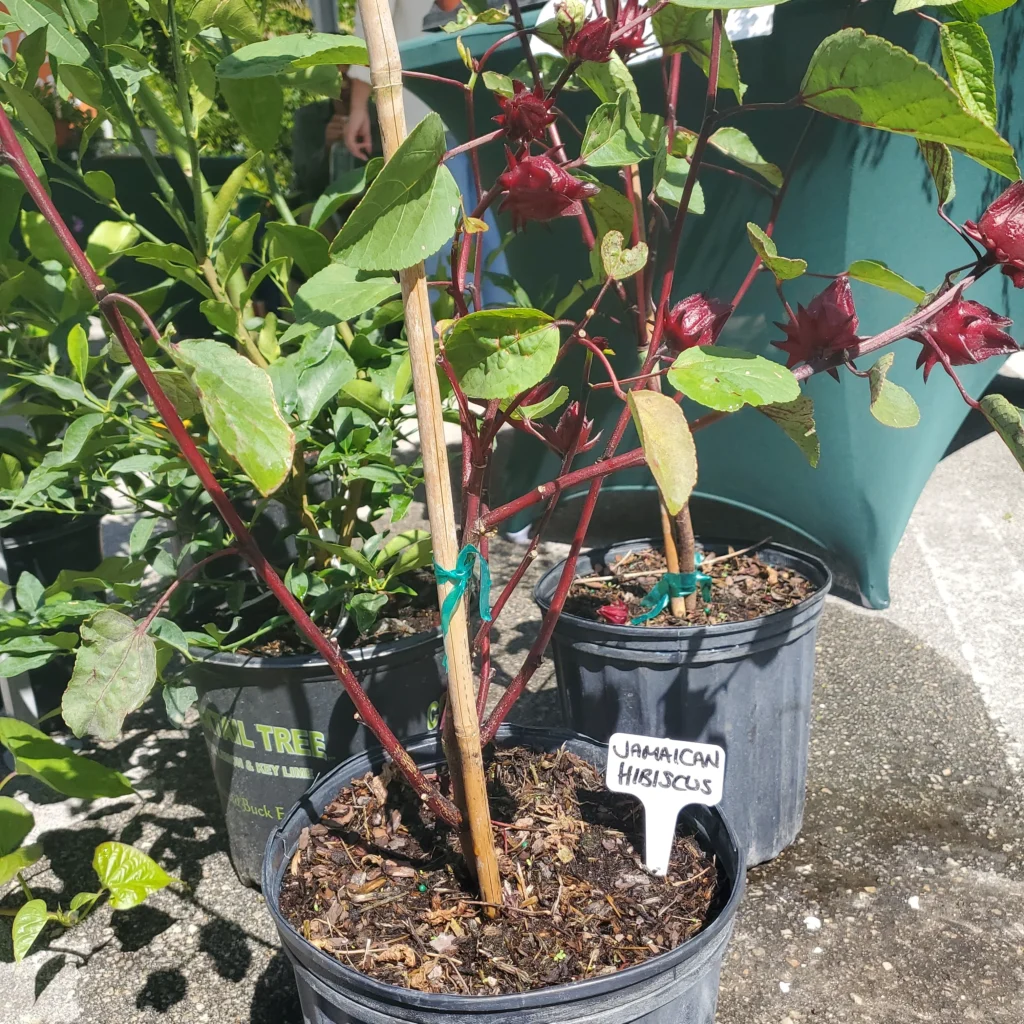Move over kale — there’s a new green in town that’s catching the attention of chefs, gardeners, and wellness enthusiasts alike. Meet sorrel, the zesty, lemon-flavored leafy herb that’s been quietly making its way from European gardens and Caribbean kitchens into American homes and farm-to-table menus.
Whether you’re looking to grow your own nutritious greens, experiment with fresh new flavors, or give your immune system a natural boost, sorrel deserves a spot on your radar. In this guide, we’ll dive into what makes this tangy leaf so special — from its nutritional profile and health benefits to its culinary versatility and gardening secrets.
What Is Sorrel? A Quick Overview

Sorrel (Rumex acetosa or Rumex scutatus) is a perennial herb and leafy vegetable known for its distinctive tart, lemony flavor. The name comes from the French word surelle, meaning “sour,” which perfectly describes its taste.
There are a few main types of sorrel that you’ll find in the U.S.:
- Common (Garden) Sorrel – The most widely grown variety with long, slender green leaves and a bright citrus flavor.
- French Sorrel – Milder and more delicate, often used in fine dining or French cuisine.
- Red Veined Sorrel – Visually stunning with green leaves and crimson veins, commonly used for garnishing and salads.
- Jamaican Sorrel (Roselle or Hibiscus sabdariffa) – Technically not the same plant, but the dried calyces of the hibiscus flower, used in Caribbean sorrel drinks during Christmas.
Despite their differences, all sorrels share one key trait — a tangy acidity that elevates both sweet and savory dishes.
Nutritional Profile: Packed With Vitamins and Minerals

Sorrel might be small, but it packs a serious nutritional punch. This leafy green is low in calories yet rich in antioxidants, vitamins, and minerals, making it an excellent addition to any balanced diet.
A 100-gram serving of fresh sorrel typically contains:
- Calories: ~22
- Vitamin C: 80% of the Daily Value (DV)
- Vitamin A: 50% DV
- Iron: 15% DV
- Magnesium: 10% DV
- Potassium & Calcium: 5–8% DV
Sorrel’s high vitamin C content makes it a natural immune booster, while its iron and magnesium support energy production and muscle function. It also contains polyphenols and flavonoids — compounds known for their antioxidant and anti-inflammatory properties.
Top Health Benefits of Sorrel
- Strengthens Immunity
Thanks to its high vitamin C levels, sorrel helps fight off colds, flu, and infections. It stimulates the production of white blood cells and supports collagen formation for healthy skin and joints. - Promotes Heart Health
Sorrel is rich in antioxidants and potassium, which help regulate blood pressure and reduce oxidative stress on blood vessels, supporting overall cardiovascular health. - Aids Digestion and Detoxification
Its slightly sour taste comes from oxalic acid, which naturally stimulates digestion and liver detoxification. Many herbalists use sorrel as a gentle liver cleanser. - Improves Iron Absorption
Because it’s high in vitamin C, sorrel enhances the body’s ability to absorb iron — making it a smart pairing with iron-rich foods like spinach, lentils, and meat. - Supports Skin Health
Sorrel’s vitamin A and antioxidants can help protect your skin from oxidative damage, promoting a clearer complexion and slowing the signs of aging. - A Natural Weight-Loss Ally
Low in calories but high in fiber and nutrients, sorrel adds bulk and flavor to meals without adding excess calories, helping you feel fuller for longer.
Culinary Uses: From Garden to Gourmet Plate

Sorrel’s bright and tangy flavor brings life to a wide range of dishes. Whether you’re cooking French classics or Caribbean-inspired recipes, there’s no shortage of ways to enjoy this vibrant green.
Here are some delicious ways to use sorrel in your kitchen:
- Sorrel Soup (French Style)
A creamy, velvety soup made with sorrel, butter, onion, and a dash of cream. The result is a smooth, lemony comfort dish perfect for spring or early summer. - Sorrel Salad
Use young sorrel leaves in salads for a zesty bite. They pair beautifully with goat cheese, beets, strawberries, or avocado. - Sorrel Pesto
Swap basil for sorrel in a tangy twist on classic pesto. Blend with olive oil, pine nuts, garlic, and Parmesan for a bright, citrusy spread. - Sorrel Sauce for Fish or Chicken
The acidity of sorrel cuts through the richness of fatty fish or grilled chicken, creating a perfectly balanced dish. - Caribbean Sorrel Drink
Made with dried hibiscus (Jamaican sorrel), cloves, cinnamon, and ginger, this ruby-red drink is a staple during Christmas in the Caribbean — refreshing, tart, and slightly sweetened with sugar or honey. - Sorrel Smoothies
Add a handful of sorrel to your morning smoothie with pineapple, apple, or mango for a detoxifying, vitamin-rich boost.
How to Grow Sorrel in Your Home Garden

One of the best things about sorrel is how easy it is to grow. It’s a cold-hardy perennial, meaning it can survive in cooler U.S. climates and come back year after year.
Here’s a quick guide to growing your own sorrel:
- Planting Time: Early spring or fall.
- Soil: Well-drained, slightly acidic soil.
- Light: Full sun to partial shade.
- Watering: Keep the soil moist but not soggy.
- Harvest: Start picking leaves when they’re 3–4 inches long. Regular harvesting encourages new growth.
You can even grow sorrel in containers on your balcony or windowsill — perfect for urban gardeners or small spaces.
Pro tip: Cut back the plant before it flowers to prevent bitterness and encourage fresh, tender leaves.
Sorrel vs. Spinach: What’s the Difference?
Although sorrel resembles spinach, its flavor and nutritional benefits set it apart.
- Taste: Sorrel has a tangy, lemon-like taste, while spinach is mild and slightly earthy.
- Nutrients: Sorrel contains more vitamin C and antioxidants, while spinach offers more protein and folate.
- Culinary Uses: Spinach is great for neutral dishes, while sorrel shines when you want to add brightness and acidity.
Both are nutritious, but if you’re craving something refreshing and bold, sorrel wins the flavor game.
Safety Note: A Word on Oxalic Acid

While sorrel is healthy in moderation, it contains oxalic acid, the compound that gives it its sour flavor. In large amounts, oxalic acid can contribute to kidney stones, especially for individuals prone to them.
To enjoy sorrel safely:
- Eat it cooked if you consume it frequently (cooking reduces oxalic acid levels).
- Balance your diet with calcium-rich foods like milk or yogurt to neutralize oxalic acid.
- Use moderation — a few servings per week is perfectly safe for most people.
Where to Find Sorrel in the U.S.
Sorrel is becoming easier to find across America.
You can purchase it:
- At farmers’ markets in spring and early summer.
- From specialty grocery stores like Whole Foods or local organic markets.
- Online as dried sorrel (for tea or drinks) or fresh seeds for gardening.
Many health food brands now also sell sorrel tea bags, powders, and even supplements for a quick nutritional boost.
Final Thoughts: Why Sorrel Deserves a Place in Every American Kitchen
In 2025, Americans are embracing more diverse, sustainable, and health-focused ingredients — and sorrel checks all the boxes. It’s nutritious, easy to grow, and adds a bold twist to familiar recipes.
From a tangy salad dressing to a refreshing herbal tea, sorrel proves that small leaves can deliver big flavor and even bigger benefits. Whether you’re a gardener, foodie, or health-conscious eater, sorrel is a must-try green that’s here to stay.





